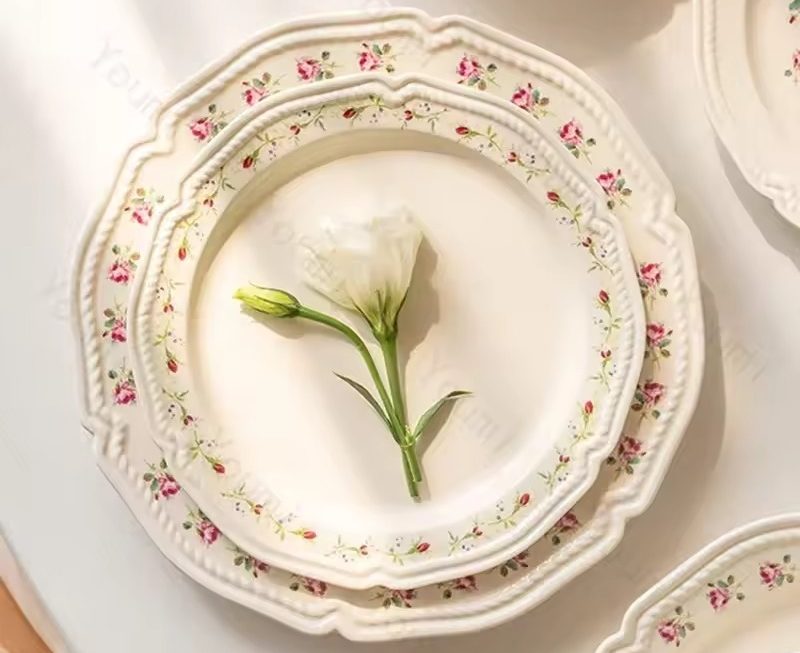 Introduction:
Introduction:
Installing a kitchen sink drain may seem like a daunting task, but with the right tools and instructions, it can be a straightforward process. A properly installed sink drain ensures efficient water flow and prevents leaks or clogs. In this comprehensive guide, we will provide a step-by-step tutorial on how to install a kitchen sink drain. From gathering the necessary tools to connecting the drain components, we will cover everything you need to know to successfully complete this project and enjoy a fully functional kitchen sink.
Various materials and types available:
When it comes to kitchen sink drains, there are various materials and types available. Here is an overview:
Materials:
Stainless Steel: Stainless steel is a popular material for kitchen sink drains due to its durability, corrosion resistance, and ease of maintenance. It is also compatible with most sink materials and finishes.
Brass: Brass is another common material used for kitchen sink drains. It offers durability, strength, and resistance to corrosion. Brass drains often have a polished or brushed finish for an attractive appearance.
Plastic: Some kitchen sink drains are made of durable plastic materials such as PVC or ABS. Plastic drains are lightweight, affordable, and resistant to corrosion. They are commonly used in budget-friendly or DIY installations.
Types:
Basket Strainer: Basket strainer drains feature a removable basket or strainer that sits inside the drain opening. The basket catches food particles and debris, preventing them from clogging the plumbing system.
Pop-Up Drains: Pop-up drains have a lever or button that controls a stopper inside the drain. When the lever or button is pressed, the stopper lifts or lowers to allow or prevent water from draining.
Continuous Waste Drains: Continuous waste drains, also known as “garbage disposal drains,” are designed to connect to a garbage disposal unit. They have a separate opening for the disposal unit to accommodate food waste removal.
Trap and Tailpiece Drains: Trap and tailpiece drains consist of a curved trap that prevents sewer gases from entering the kitchen and a tailpiece that connects the trap to the drainpipe. This type of drain is commonly used in under-sink installations.
Decorative Drains: Decorative drains offer unique designs or finishes to enhance the aesthetic appeal of the sink area. They may feature decorative patterns, colors, or materials to complement the overall kitchen decor.
It’s important to choose a kitchen sink drain that matches the specific requirements of your sink, plumbing system, and personal preferences. Consider factors such as durability, ease of installation, and compatibility with your sink style and material. Consulting a professional plumber or referring to manufacturer guidelines can also help in selecting the right drain for your kitchen sink.
Tools and Materials:
Tools:
Adjustable wrench
Bucket
Plumber’s putty
Pipe wrench
Plunger
Screwdriver
Hacksaw or pipe cutter
Measuring tape
Materials:
Kitchen sink drain assembly kit
PVC or ABS pipes (depending on your plumbing system)
Pipe fittings and connectors
Plumbers tape
Silicone sealant
Step 1: Prepare the Work Area:
Turn off the Water:
Locate the shut-off valves beneath the sink and turn them off to stop the water supply.
Test the water flow by turning on the faucet to ensure it is completely shut off.
Empty the Sink:
Remove any dishes or items from the sink and thoroughly clean it to provide a clear and accessible work area.
Step 2: Remove the Old Drain:
Loosen the Slip Nut:
Locate the slip nut connecting the P-trap to the drain pipe.
Use an adjustable wrench to loosen and remove the slip nut, allowing the P-trap to detach from the drain pipe.
Detach the P-Trap:
Gently pull down on the P-trap and remove it from the drain pipe.
Empty any water or debris into a bucket.
Remove the Drain Flange:
Use a screwdriver or a wrench to remove the screws or nuts securing the drain flange to the sink.
Once removed, the drain flange should easily come off the sink.
Step 3: Install the New Drain:
Apply Plumber’s Putty:
Roll a small amount of plumber’s putty into a thin rope and wrap it around the bottom edge of the new drain flange.
Press the flange firmly against the sink, ensuring a tight and secure seal.
nstall the Rubber Gasket and Lock Nut:
Place the rubber gasket over the drain flange, ensuring it is centered and properly aligned.
Screw on the lock nut, securing the drain flange in place. Use a wrench to tighten it, but be careful not to overtighten and damage the sink or gasket.
Connect the Drain Pipe:
Attach the drain pipe to the bottom of the drain flange, ensuring a snug fit.
Use a slip nut and washer to secure the connection. Tighten the slip nut with an adjustable wrench, but again, be cautious not to overtighten.
Step 4: Connect the P-Trap:
Measure and Cut the Pipes:
Measure the distance between the drain pipe and the P-trap outlet using a measuring tape.
Use a hacksaw or pipe cutter to cut a piece of pipe to the appropriate length.
Connect the P-Trap:
Attach one end of the cut pipe to the drain pipe, using a slip nut and washer for a secure connection.
Attach the other end of the cut pipe to the P-trap, again using a slip nut and washer.
Tighten the Slip Nuts:
Use an adjustable wrench to tighten the slip nuts on both ends of the cut pipe, ensuring a tight and leak-free connection.
Step 5: Check for Leaks and Test the Drain:
Check for Leaks:
Turn on the water supply and let it run for a few minutes.
Inspect the connections and joints for any signs of leaks. If any leaks are detected, tighten the slip nuts further or apply plumber’s tape.
Test the Drain:
Fill the sink with water and let it drain completely.
Observe the draining process to ensure it is smooth and without any backups or slow drainage.
Step 6: Apply Silicone Sealant:
Apply Sealant to the Drain Flange:
Apply a thin bead of silicone sealant around the edge of the drain flange where it meets the sink.
Smooth out the sealant with a finger or a caulking tool to create a neat and watertight seal.
Clean Excess Sealant:
Wipe away any excess sealant using a damp cloth or sponge.
Allow the sealant to dry and cure as per the manufacturer’s instructions before using the sink.
Conclusion:
Installing a kitchen sink drain may seem complex, but by following this step-by-step guide, you can successfully complete the project. Remember to gather the necessary tools and materials, remove the old drain, install the new drain, connect the P-trap, check for leaks, and apply silicone sealant. With proper installation, your new kitchen sink drain will provide efficient water flow and prevent any leaks or clogs, ensuring a fully functional and reliable sink for years to come.






